#mclaren ford
Text

Bruce McLaren (McLaren M7C Ford-Cosworth) Grand Prix d'Allemagne - Nürburgring / Nordschleife 1969. © Motorsport. - source Carros e Pilotos.
17 notes
·
View notes
Text
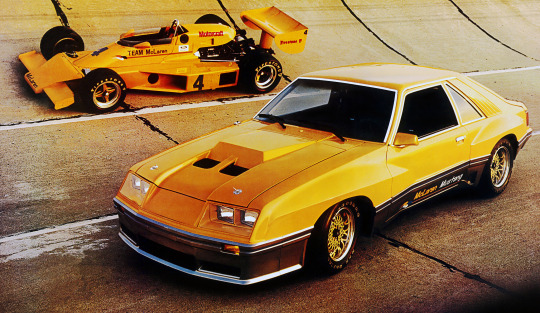


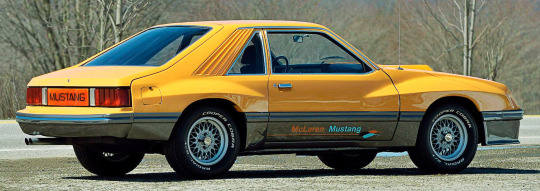
McLaren M81 Mustang, 1980. A collaboration between McLaren Engines and Ford’s Special Vehicle Operations (SVO) was supposed to produce a special edition of 250 Fox-body McLaren Mustangs but in the end only 10 were produced due to the car's high price. The 2.3 litre turbocharged 4 cylinder engine's head was ported and polished, it was de-burred and blueprinted, and fitted with a variable turbo that boosted power to 175hp, up from the standard Mustang's 131.
#McLaren#McLaren M81 Mustang#Ford SVO#McLaren Engines#special edition#limited edition#fox body#1980#turbocharged
557 notes
·
View notes
Text
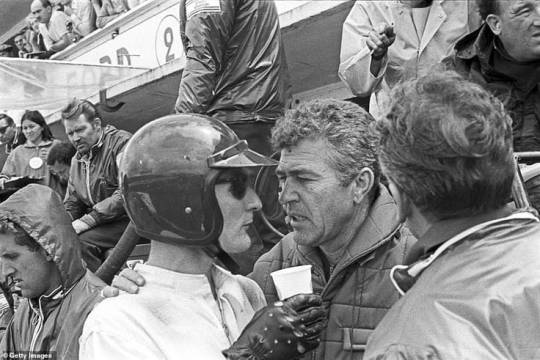
Ken Miles and Carroll Shelby

Pre-grid of the 1966 Le Mans 24-Hour race displays no fewer than eight GT40 Mk II’s primed and prepared to defeat the then-dominant Ferraris, which had won the event nine previous times. Ken Miles’ #1 Ford Shelby GT40 (light blue) is in the foreground.

Ford CEO Henry Ford II and his wife stroll the Le Mans paddock lane before the official start of the 1966 24-Hours of Le Mans. History in the making minute-by-minute, with the seeds of controversy quietly brewing.
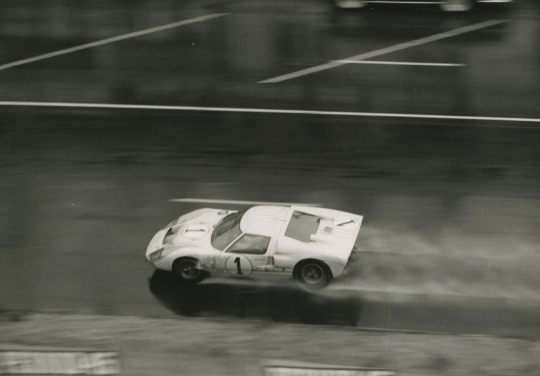
Ken Miles shown here leading the 1966 24-Hours of Le Mans in late race wet conditions. He did so definitively in varied conditions, overcoming repeated setbacks. Scorers and mechanics in his paddock report that he was one full lap ahead by the final hour of the race.

Driver Ken Miles (sunglasses) gives an assuring eye to Phil Remington, his legendary co-crew chief, before his final stint in the 1966 24-hours of Le Mans.

Bruce McLaren, shown here trailing Ken Miles on a rainy track in the ’66 Le Mans 24-hour race, is sadly no longer alive to describe his view of how events unfolded.
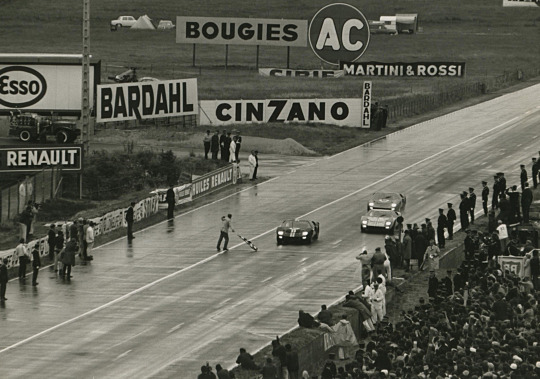
An historic moment captured. Three Ford GT40 Mk Il’s are orchestrated by Ford to cross the finish line in unison, with Bruce McLaren slightly ahead, notwithstanding that in the final hours of the race the car of Ken Miles/Denny Hulme was leading dominantly — yet obediently slowed in order to achieve the Ford competition director’s order that the three cars cross the finish-line together. With McLaren marginally in the lead, he was awarded the win that rages with controversy to this day.
#carroll shelby#ken miles#Ford GT40 Mk Il#car#cars#ford#ford gt40#gt40#bruce mclaren#Le Mans 24-hour race#le mans#racing#motorsport#24-hour race#Henry Ford II
335 notes
·
View notes
Photo


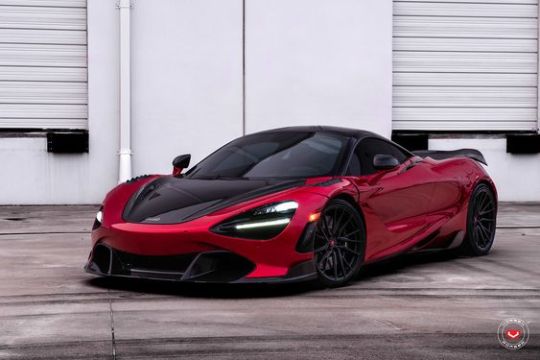

265 notes
·
View notes
Text

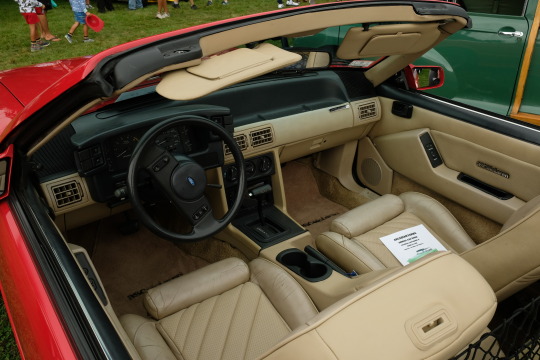
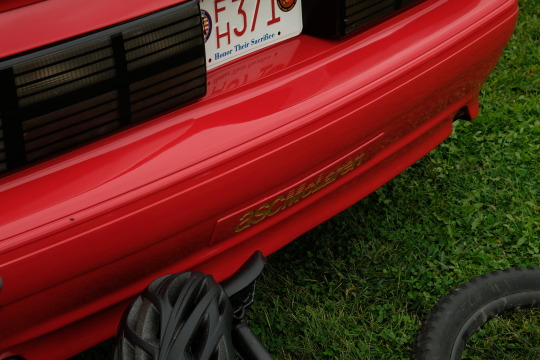

A 1987 ASC McLaren Mustang at the Ashland Car Show.
Apparently there is nothing mechanically special or McLaren about the car, except the paint scheme and two-seater arrangements. Still cool.
#ford#mustang#asc#American sports cars#mclaren#convertible#classic car#sports#sports car#pony car#1980s cars#muscle car#american muscle#yzshot#red car#ashland car show
51 notes
·
View notes
Text
Mclaren Senna Start Up in 🇲🇽
13 notes
·
View notes
Text
this has to be one of my favourite mclarens look how coollll

13 notes
·
View notes
Photo

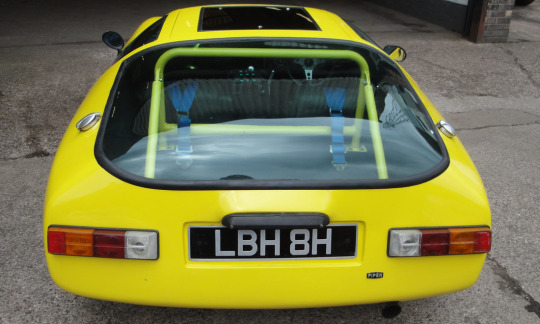
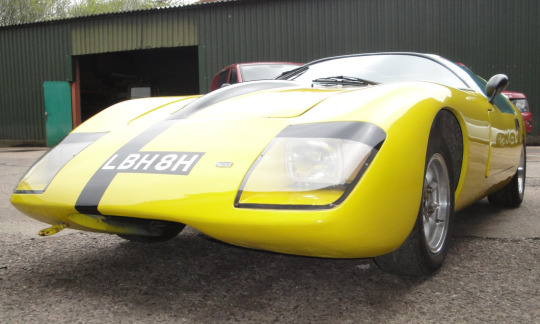
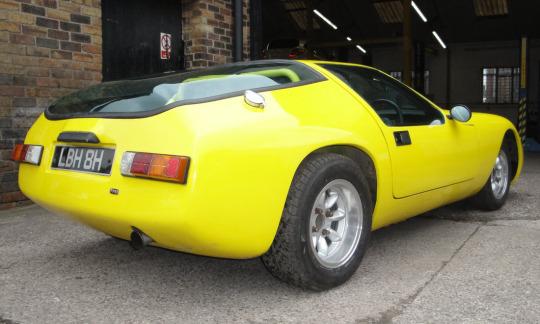




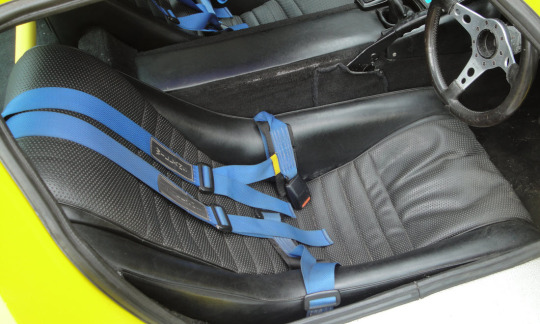

Piper GTT
Before the dominance of the big conglomerate car manufacturers took hold in the late 1960s, there was room in the market for niche companies whose products fulfilled the demands of a few drivers who wanted something a little different to the everyday, somewhat bland mainstream offering. Some companies such as Lotus thrived and are still with us while the likes of TVR have come and gone (several times), hopefully to return. Others had their day in the sun but ultimately disappeared after a relatively brief but bright life; Piper sits firmly in the later camp. Though the end results were fairly diverse, these companies’ approaches had remarkable commonality with cheap to produce fiberglass bodies (no need for expensive tooling which required high production volumes to amortise its costs) sitting on bespoke chassis while their running gear, which was financially impossible for a small business to develop and manufacture, was sourced from the industry’s major players.
Piper were kept pretty busy trying to build cars so production records are sketchy to say the least and it is thought that just eighty road cars and some twenty racers were built making them rare beasts today, though their survival rate is undoubtedly higher than that of propriety sports car such as say MGBs.
Formed in 1966 by ex-racer George Henrotte, owner of Campbell’s Garage (hence the Scottish Piper logo and company name) in Hayes, Kent with the able assistance of engineer Bob Gayler (ex Harry Weslake), machinist Ken Packham and artist come designer Tony Hilder who had been responsible for the McLaren M1A, their first ‘whole car’ effort started as an evenings and weekends project until a customer, Gerry Hall, showed an interest in buying one. With his role as Works Gemini Formula Junior team manager winding up, Henrotte gave the green light for a limited production run of the pretty sports racers with four being completed for customers to add their powertrain of choice to; Hall put an Alfa Twin Cam in his, Bobby Bell a Lotus Twin Cam while racer Jerry Titus opted for a Buick V8. With a Mallite (balsawood/alloy sandwich) monocoque F3 car another Piper product, the company was building a reputation as a hotbed of outside the box thinking and a road-usable GT car was the next project. Approached by some Austin Healey Sprite racers who were looking for a light and sleek home for their running gear, a mock-up of what was to become the Piper GTT was shown at the 1967 Racing Car Show, apparently yielding an impressive seven hundred enquiries.
With Henrotte being kept busy with the tuning side of the Piper business, there was a timely intervention by Clubman racer Brian Sherwood who had not only bought a Piper GT but as the Sprite guys gradually fell by the wayside, was instrumental in more suitable Ford components being introduced at the expense of the BMC kit. With Sherwood now very much hands on, the Company was split with car production moving to his Wokingham premises while Henrotte concentrated on the aftermarket components business, though the companies remained closely linked both financially and practically. Through the late 1960s production increased from a drip to a trickle until Bill Atkinson, an enthusiastic GTT owner who had joined the company in the summer of 1969 as Works Manager, and Tony Waller (Sherwood Holdings’ Company Secretary) made great strides getting the GTT into some sort of series production.
Instrumental in saving Piper’s car business, Sherwood was at heart a racer and he took them on an ultimately ill-fated foray to Le Mans in 1969 with the ultra-low, mid-engined GTR, an ambitious project that is thought to have cost £250,000. His untimely death late that year coupled with strikes at Ford ultimately resulted in the company being wound up in June 1971, despite the strong progress being made by Atkinson and Waller on the car production and development front (the longer wheelbase P2 was eventually launched in early 1971). However, this was not quite the end of the road for Piper; reborn as Emmbrook Engineering under the same management team, the Piper P2 remained in production until 1974.
38 notes
·
View notes
Text

2022 mclaren 720s spider
#mclaren#cars#car#classic car#mclaren racing#mclaren f1#mclaren formula 1#spiderman#photography#my post#my photos#chevy#ford#ford f 150#custom car#vehicle
17 notes
·
View notes
Text
Comparing the speed differences of different vehicles
4 notes
·
View notes
Text








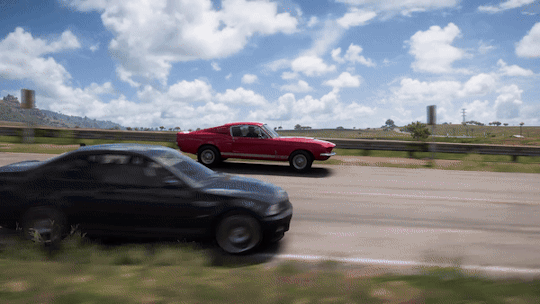
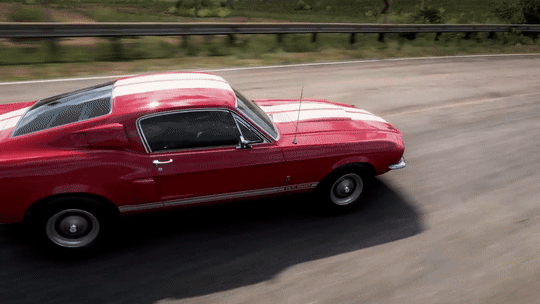






#forza horizon 5#ford supervan 4#ginetta g10 rm#shelby gt500#mclaren sabre#forza#forzaedit#forza horizon#caredit#gamingedit#gameedit#videogameedit#gif#gifs
5 notes
·
View notes
Text

Bruce McLaren (McLaren M7C Ford- Cosworth) Grand Prix d'Allemagne - Nürburgring - Nordschleife 1969. © Rainer Schlegelmilch / Motorsport. - source Carros e Pilotos.
60 notes
·
View notes
Text

Qualifying for the 2023 Tolos Ano Novo 500 gets underway with Hurrah Racing’s N°14 Førd F1 GTR trolling through pit lane before heading out into the evening mist. (courtesy @forgotten_concepts_ai)
#gt racing#mclaren f1#ford gt#ai cars#ai generated#aiart#april fools#forgotten_concepts_ai#midjourney#instagram
18 notes
·
View notes
Text
Ford F650 SuperTruck
#ferrari#lamborghini#mclaren#supercar#laferrari#mercedes#porsche#amg#bugatti#aventador#ford f650#ford#ford mustang#mustang#dodge#chevy#chevrolet#rolls royce#koenigsegg#supercars#hypercars#drift#video games#forza#need for speed#f1 racing#racing#street racing#modification#playstation
10 notes
·
View notes
Text
Top 10 Favourite Classic Supercars
1. Ferrari F40

2. Ferrari F355
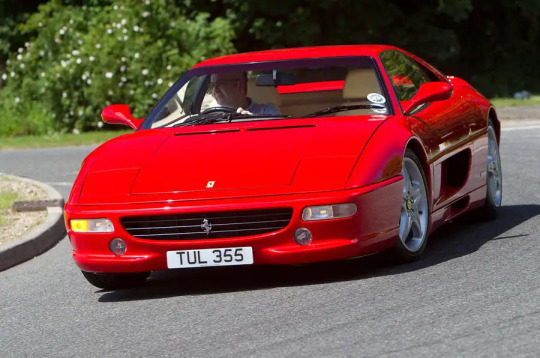
3. Bugatti EB110
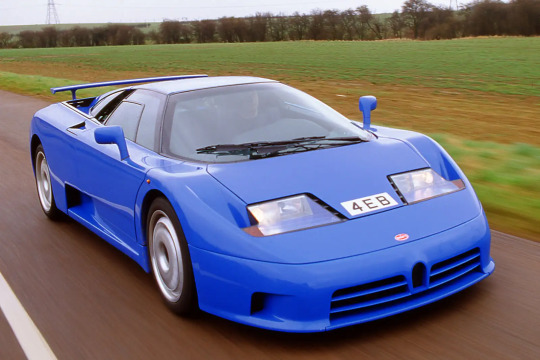
4. McLaren F1

5. Ford GT40
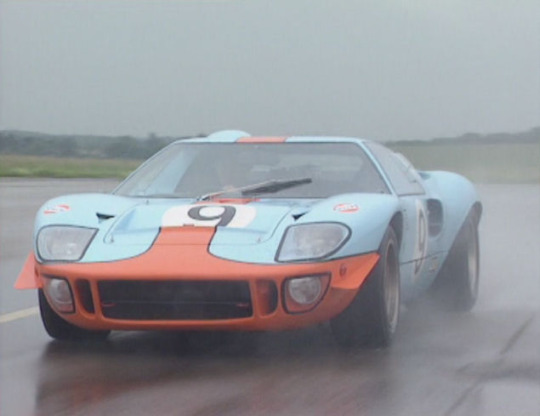
6. TVR Cerbera 4.5
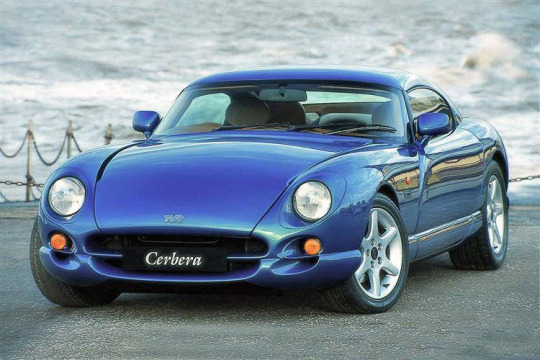
7. Lamborghini Diablo SE30

8. RUF CTR “Yellowbird”

9. Aston Martin Vantage V550

10. Lamborghini Countach LP400

13 notes
·
View notes
Photo
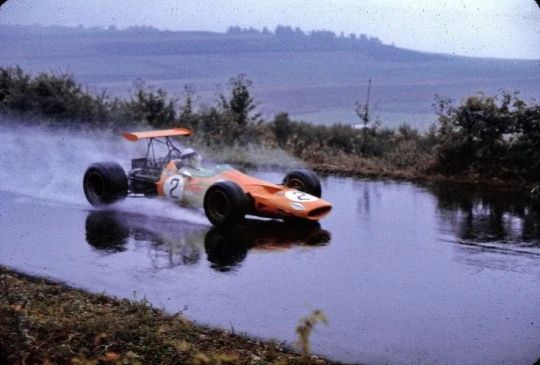
Bruce McLaren driving in his McLaren-Ford at German Grand Prix. Nurburgring, 1968. 📷 Jim Culp - Flickr #formulawednesday #wednesday #thundermotorsports . . . DM for credits or support. Welcome! . . . #formula1 #f1 #formula #ford #openwheel #nurburgring #brucemclaren #mclaren #racing #racingblog #racingcar #racinghistory #vintage #vintageracing #classicracing #classic #classiccar #motorsport #motorsports #welcome #photooftheday #daily #instagood #tumblr #facebook #petrolhead #gearhead (em Nürburgring Nordschleife) https://www.instagram.com/p/CnAceW1p8w7/?igshid=NGJjMDIxMWI=
#formulawednesday#wednesday#thundermotorsports#formula1#f1#formula#ford#openwheel#nurburgring#brucemclaren#mclaren#racing#racingblog#racingcar#racinghistory#vintage#vintageracing#classicracing#classic#classiccar#motorsport#motorsports#welcome#photooftheday#daily#instagood#tumblr#facebook#petrolhead#gearhead
9 notes
·
View notes